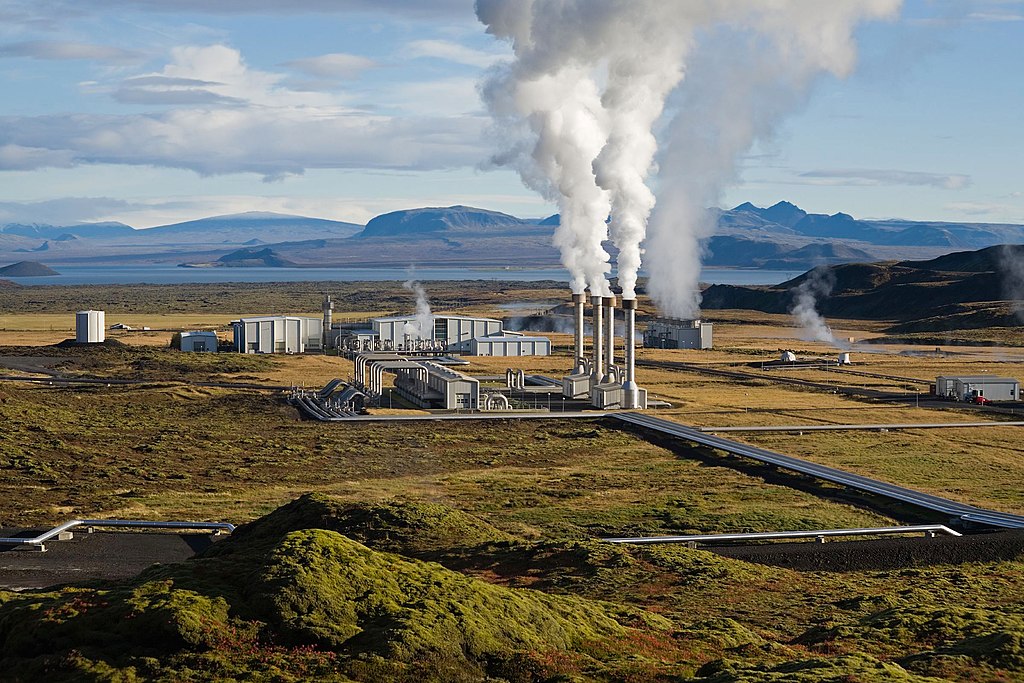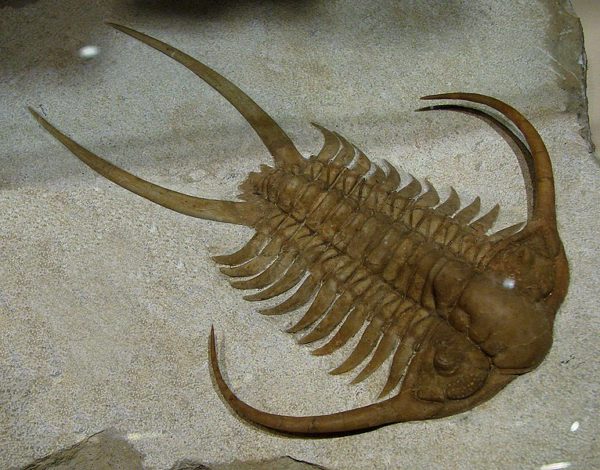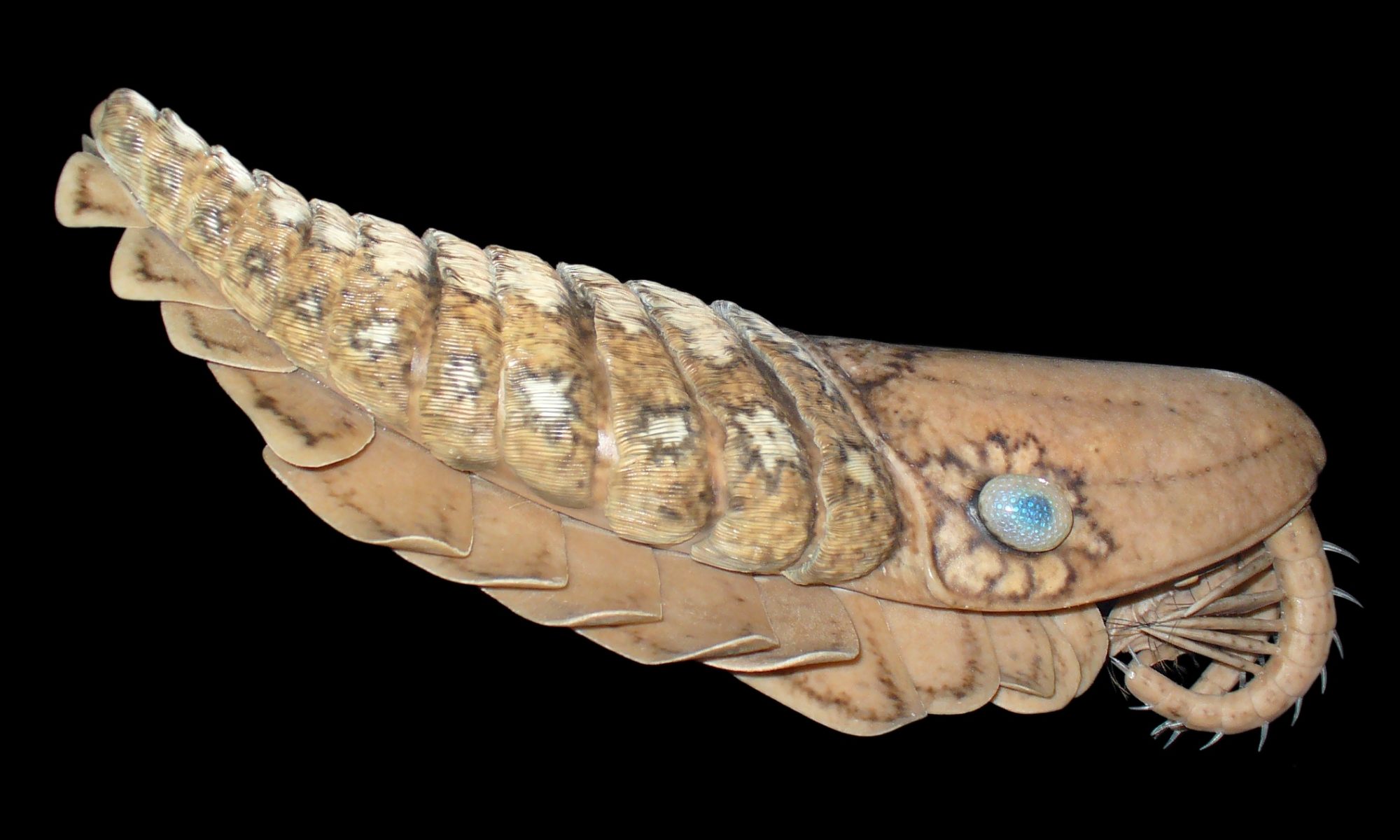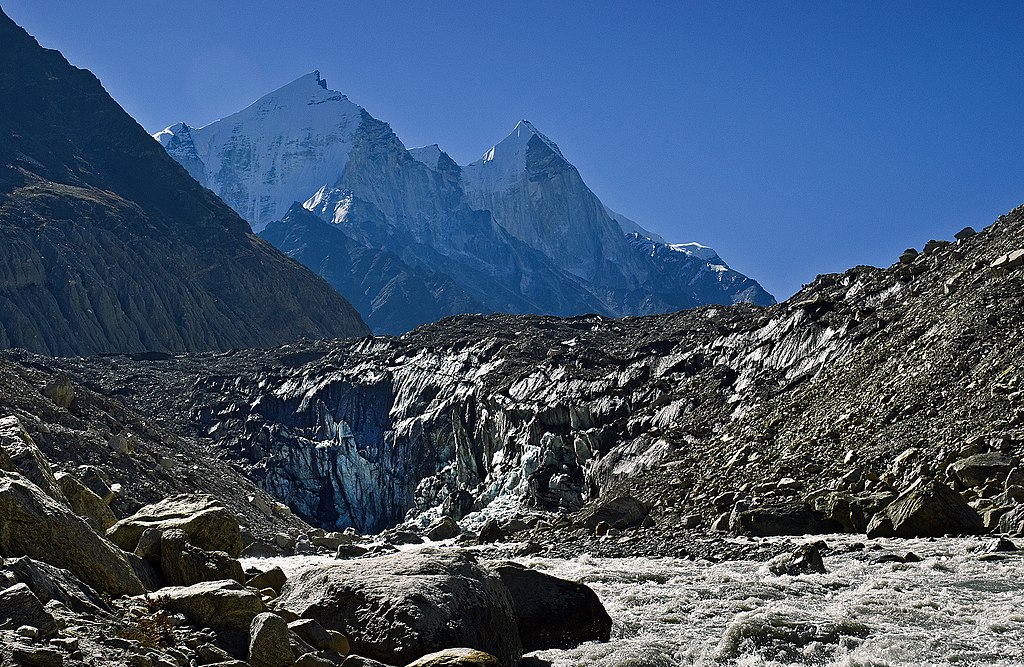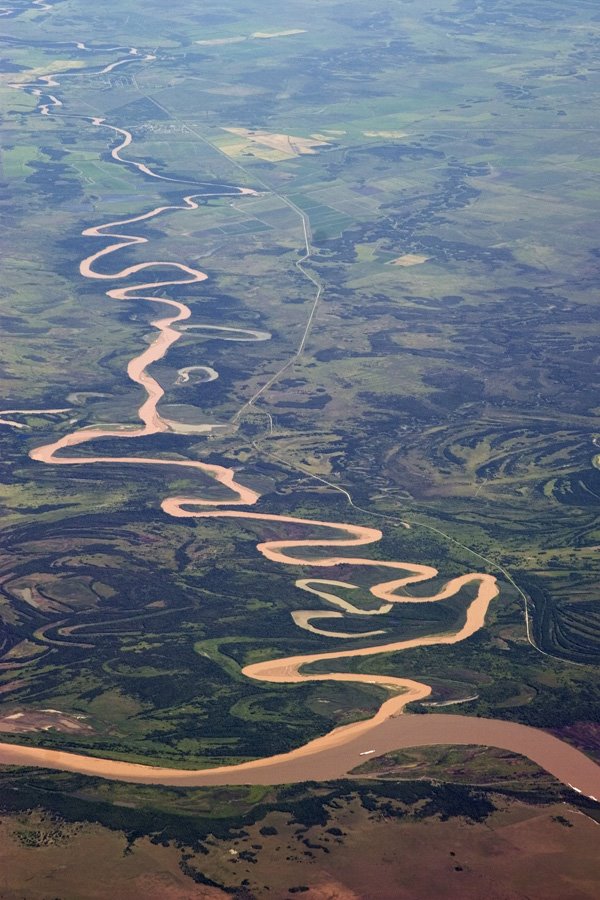Featured image: Steam rising from Nesjavellir Geothermal Power Station in Iceland via Wikimedia commons. Public Domain.
Article: Geothermal energy as a means to decarbonize the energy mix of megacities
Authors: Carlos A. Vargas, Luca Caracciolo, Philip Ball
As the world grapples with climate change, the transition to renewable energy has become a necessity. Governments are investing heavily in solar and wind power to reduce the dependence on fossil fuels. Another non-conventional source of energy that’s still understudied is geothermal energy. But what is geothermal energy? Geo means earth, thermal means heat. The internal heat of Earth is harnessed to heat water and produce power. An advantage of using geothermal energy over solar and wind is that, it doesn’t rely on weather to produce electricity. It provides clean, constant, stable and predictable supply of power. The question is, can geothermal energy cater to the demand of megacities where a large chunk of the world’s population resides?
Continue reading “Is geothermal energy fit for megacities?”
